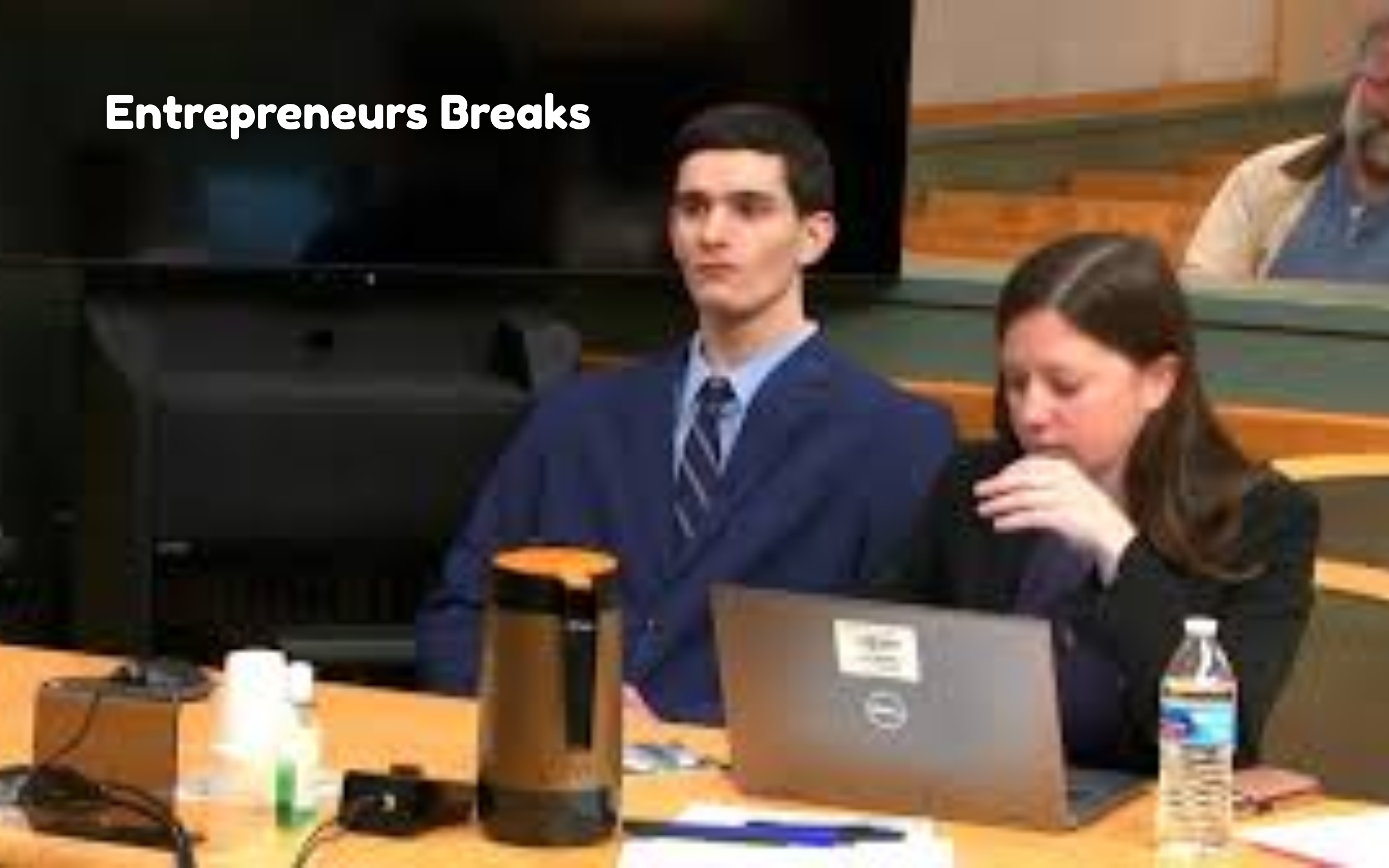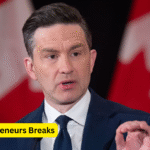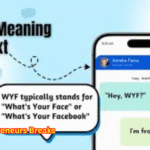The Story of Zachary Latham: A Deep Dive into the Viral Tragedy

The story of Zachary Latham is a powerful example of how online fame and personal conflicts can collide with devastating consequences.
His rise on social media, fueled by neighborhood disputes, tragically ended in violence.
This deep dive explores the events, emotions, and lessons behind a viral tragedy that shook many lives.
Who is Zachary Latham? An Introduction to the Controversial Figure
Zachary Latham is a name that became widely known after a highly publicized and tragic incident involving a fatal altercation with his neighbors.
Originally from New Jersey, Zachary Latham was a young man active on social media platforms, particularly TikTok.
Before the incident that made headlines, he was not much different from many teens who sought online fame and attention.
However, his online behavior and personal disputes soon escalated into real-world violence, drawing national scrutiny.
Many saw him as a product of the social media age—someone whose need for validation may have influenced poor decisions.
Zachary Latham’s story raises important questions about youth culture, fame, and accountability.
His case reminds us how personal conflicts can spiral out of control when fueled by the quest for online recognition.
Today, the name Zachary Latham serves as a symbol of the darker side of internet-driven fame and unresolved personal disputes.
The Background: What Led to the Zachary Latham Incident?
The tragic event involving Zachary Latham did not happen overnight; it was the result of ongoing tensions between him and his neighbors, the Durham family.
Disputes reportedly began over minor neighborhood disagreements but were intensified by Latham’s decision to record and post confrontations online.
His videos, which often painted himself as the victim and his neighbors as aggressors, garnered attention on social media.
As these altercations accumulated, resentment and hostility built up on both sides.
Many experts believe that had proper mediation occurred earlier, the situation could have de-escalated.
Instead, the feud grew more personal and more dangerous.
Zachary Latham’s choice to turn real-life conflicts into internet content contributed to the tension that ultimately exploded into violence.
Understanding the background leading up to the event helps highlight the toxic mix of social media provocation and unresolved anger that made the tragedy possible.
Social Media’s Role in the Rise of Zachary Latham’s Story
Social media played a crucial role in both the escalation and public dissemination of Zachary Latham’s story.
Platforms like TikTok rewarded his confrontational videos with likes, shares, and viral fame, encouraging more of the same behavior.
Latham’s uploads often showed edited versions of events, portraying himself in a more sympathetic light while casting his neighbors in a negative role.
This created a distorted narrative that shaped public perception even before the full facts were known.
In a world where clicks and views often outweigh ethics, Zachary Latham’s actions exemplify the dangers of chasing online validation at any cost.
His rise to notoriety wasn’t just about personal conflict; it was about how digital platforms can amplify and even incentivize reckless behavior.
Today, the Zachary Latham saga stands as a grim reminder that social media can sometimes fuel real-world violence when personal disputes are transformed into viral entertainment.
A Timeline of Events: How the Zachary Latham Case Unfolded
The story of Zachary Latham unfolded over several months, beginning with minor neighborhood disputes and ending in a tragic death.
It started when Latham moved into the neighborhood and had repeated confrontations with the Durham family.
As tensions mounted, so did the confrontations, culminating in a deadly encounter in May 2020.
On that day, an argument turned into a physical altercation, leading to the fatal stabbing of William Durham Sr.
The police investigation revealed a long pattern of hostility, with digital evidence playing a major role.
Zachary Latham was charged, and his defense claimed self-defense. However, public opinion was sharply divided.
A detailed timeline shows how small conflicts, social media notoriety, and lack of intervention created a perfect storm.
The Zachary Latham case highlights how rapidly disputes can escalate when fueled by online provocations.
The Aftermath: Legal Proceedings and Public Reactions to Zachary Latham
The aftermath of the Zachary Latham incident involved a complex legal battle and a deeply divided public reaction.
Latham faced multiple charges, including manslaughter, but his defense argued that he acted in self-defense when attacked by members of the Durham family on his property.
As the case unfolded, the role of social media became central, with prosecutors pointing to his videos as evidence of provocation.
Meanwhile, the public was split between those who viewed him as a victim defending himself and those who saw him as an instigator seeking internet fame.
Zachary Latham’s trial became a media circus, with every hearing reported extensively.
His case forced the justice system to grapple with new questions about online behavior influencing real-world outcomes.
In the end, the aftermath of Zachary Latham’s actions left deep scars on both families and sparked a national conversation about personal responsibility in the digital age.
Analyzing the Viral Videos: What Footage of Zachary Latham Reveals
The viral videos posted by Zachary Latham provide a troubling insight into the events leading up to the fatal encounter.
In several clips, Latham can be seen taunting, provoking, and recording confrontations with his neighbors, seemingly for the purpose of gaining views and followers.
Critics argue that the footage shows a deliberate effort to escalate conflicts for entertainment value, rather than genuine attempts to resolve disputes.
Some videos were selectively edited to portray Latham as the victim, further complicating the truth.
Forensic examination of the videos became critical evidence in court, influencing public and legal perceptions alike.
Watching the footage reveals a pattern of behavior that suggests a preoccupation with fame over safety.
The Zachary Latham videos show how social media can distort reality and encourage harmful behavior, turning personal feuds into content.
His story demonstrates the dangers of blurring the line between real life and online performance.
Family Conflicts and Tensions: The Root of the Zachary Latham Tragedy
At the heart of the Zachary Latham tragedy was a deeply personal and emotional conflict between neighbors.
What started as minor disputes—over driving habits, noise complaints, and property lines—evolved into a bitter and hostile relationship.
The Durham family felt targeted and harassed by Latham’s constant filming and posting of their interactions, while Latham claimed he was defending himself against bullying and intimidation.
The tension built over months, without meaningful intervention from authorities or community leaders.
The lack of mediation allowed resentments to fester unchecked.
The situation spiraled into a deadly confrontation that cost William Durham Sr.
his life.
Zachary Latham’s actions and the reactions they provoked reveal the devastating consequences when everyday conflicts are not addressed properly.
Understanding the underlying tensions between the families provides crucial context to the case, showing that the tragedy was not a sudden event but the result of months of escalating hostility.
Media Ethics and Responsibility in Covering the Zachary Latham Case
The media’s role in covering the Zachary Latham case raises serious ethical questions about responsible journalism.
Many outlets rushed to publish sensationalized headlines without full context, further polarizing public opinion.
Some focused heavily on Latham’s social media fame, while others highlighted the tragic death of William Durham Sr.
often framing the narrative to suit their audience’s biases.
Responsible reporting should involve careful examination of facts without glorifying or vilifying individuals based solely on partial information.
However, in the race for clicks and ratings, the lines were frequently blurred.
The case also exposed how digital media can amplify narratives before the courts have even spoken.
Zachary Latham’s story became a media spectacle rather than a solemn discussion about violence, responsibility, and loss.
It is a sobering reminder that journalists must approach such sensitive cases with caution, ensuring that coverage serves the public interest without exploiting tragedy for commercial gain.
Public Opinion: Why Zachary Latham Became a Polarizing Figure
Some people sympathized with him, viewing him as a young man overwhelmed by circumstances and forced to defend himself.
Others condemned him for provoking the conflict and using social media to escalate tensions irresponsibly.
The viral nature of his TikTok videos heavily influenced these views, depending on which clips people saw and how they interpreted them.
Discussions on forums, news comment sections, and social platforms showed just how deeply opinions could split.
In many ways, Zachary Latham became a symbol for larger debates about internet culture, personal accountability, and self-defense laws.
His case resonated differently across political and social groups, showing how complex and nuanced real-life stories can be.
Ultimately, the Zachary Latham incident highlights how fragmented public perspectives can become when shaped by viral media.
Lessons from the Zachary Latham Case: Social Media, Violence, and Accountability
The case of Zachary Latham offers important lessons about the intersection of social media, personal conflicts, and violence.
First, it shows that online behavior is not separate from real life; actions taken for likes, views, and followers can have devastating real-world consequences.
Secondly, it emphasizes the need for responsible conflict resolution, rather than public shaming or provocation.
The tragedy also raises urgent questions about youth culture’s obsession with online fame and how it can distort judgment.
For communities, the Zachary Latham case highlights the importance of early intervention in escalating disputes to prevent such disasters.
Schools, parents, and local authorities must educate young people about the risks of mixing personal grievances with digital fame.
Zachary Latham story is not just about one person; it’s a wake-up call for society at large to reconsider.
How we engage online and the responsibilities that come with a digital presence.
FAQs
Q1. Who is Zachary Latham?
A: Zachary Latham is a young man from New Jersey whose involvement in a fatal altercation with his neighbors gained widespread media attention, largely due to viral social media videos.
Q2. Why did Zachary Latham become famous?
A: He became famous primarily because he posted confrontational videos with his neighbors on TikTok, which went viral and sparked national conversation.
Q3. What were the charges against Zachary Latham?
A: Zachary Latham faced charges including manslaughter after the fatal stabbing of his neighbor during a violent confrontation.
Q4. How did social media influence the Zachary Latham case?
A: Social media escalated the conflict, provided evidence for legal proceedings, and shaped public opinion before the case even reached trial.
Q5. What lessons can be learned from Zachary Latham’s story?
A: The key lessons include the dangers of using personal conflicts for online fame, the need for responsible digital behavior, and the importance of addressing disputes peacefully.










